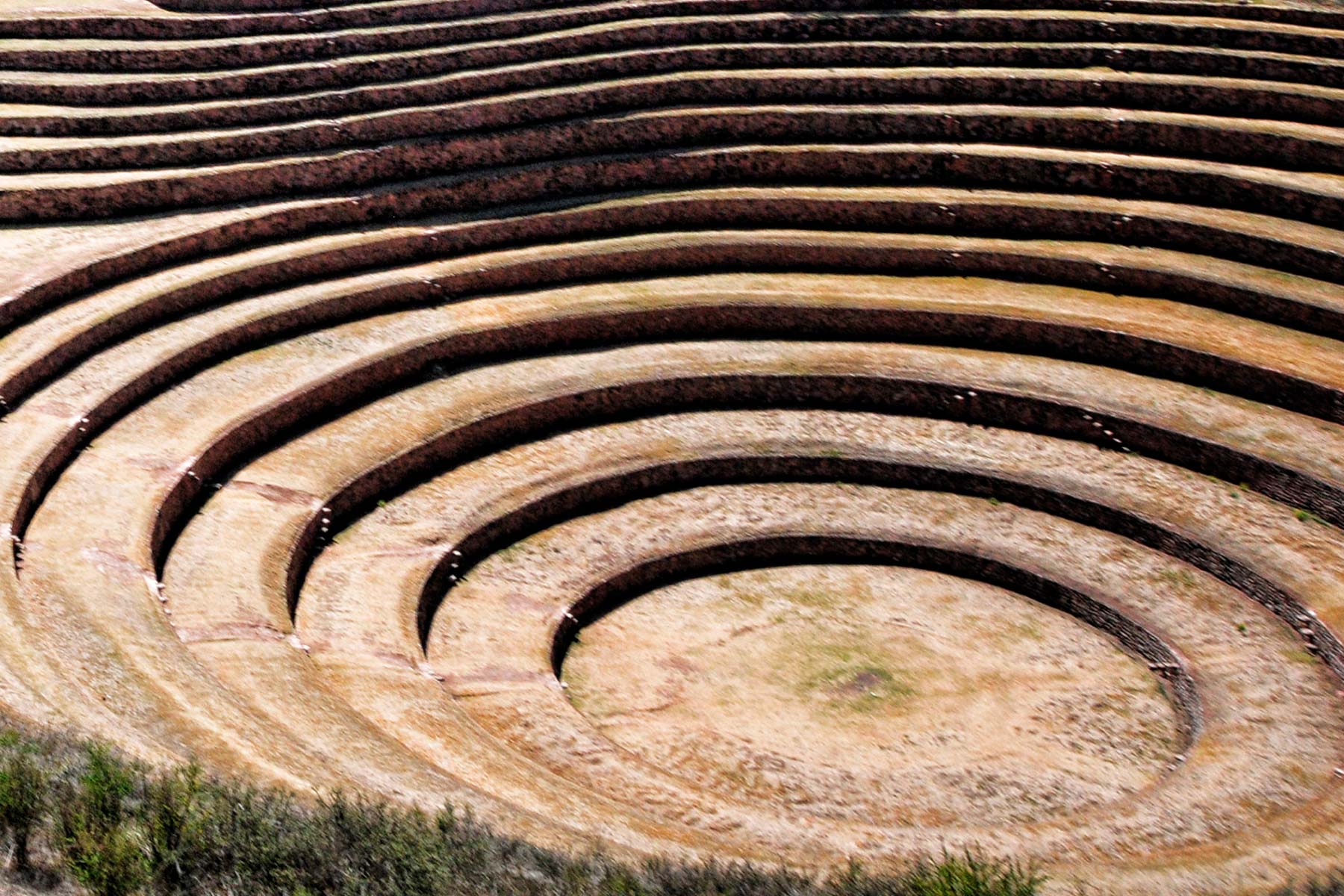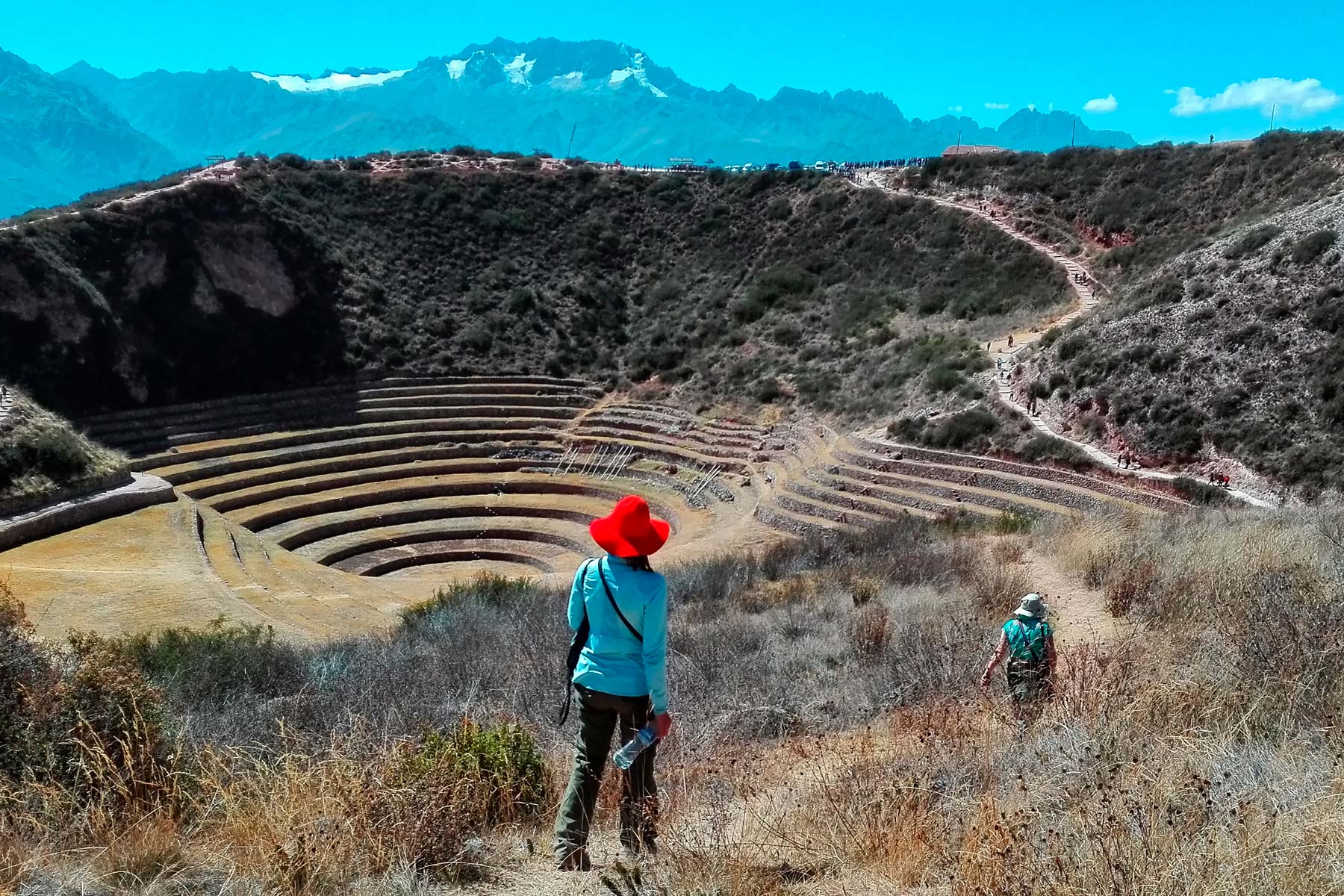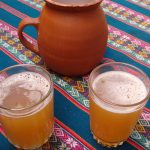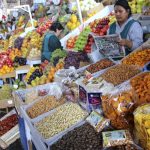Just 50 kilometers northwest of Cusco lie the mysterious Moray circles, an impressive structure that has become an essential destination for travelers exploring the region. While often attributed to the Incas, some theories suggest that their origins could date back to pre-Inca cultures that already took advantage of the site’s unique features.
Moray, with its amphitheater-like design of circular terraces, is much more than a simple archaeological curiosity; it is a testament to engineering and adaptability. Located over 3,500 meters above sea level in the Sacred Valley, this complex reveals a profound knowledge of climatic and agricultural conditions.
The Agricultural Laboratory of the Andes
The Moray circles are recognized primarily as a sophisticated experimental agricultural laboratory. The key to their functionality lies in the notable temperature variation between the top and bottom of the terraces, which can reach up to 15°C (59°F).
This system allowed the builders to create distinct microclimates at each level. The terraces feature a complex irrigation system and are filled with fertile soil. It is presumed that, by replicating the conditions of various altitudinal levels, the Incas were able to study how regional changes affected the growth of essential crops such as quinoa, kiwicha, squash, pumpkin, corn, and various varieties of potatoes.
Corn, in particular, was fundamental to the Inca Empire. It was cultivated in thousands of varieties, from large grains to purple types. It is believed that Moray may also have served to calculate the annual production in different parts of the Tahuantinsuyo.
An Enigma Called Moray
Despite its recognition as an agricultural center, the exact origin and etymology of the word Moray remain an enigma. Although it is related to Quechua and terms like “Aymoray” (corn harvest or the month of May) and “Moraya” (dehydrated potato), the lack of Inca written language leaves room for multiple interpretations.
In addition to its agricultural function, other theories have been proposed regarding its use, including that it may have been a ceremonial center or even a repurposed open-pit mine.
Discover the Ancestral Engineering in Moray
Exploring Moray is to immerse oneself in the advanced engineering of Andean cultures. The terraces, built into natural depressions, demonstrate not only exceptional management of water and soil but also a deep respect for nature.
If you are looking for an experience that combines history, engineering, and breathtaking landscapes, a visit to Moray is indispensable.







